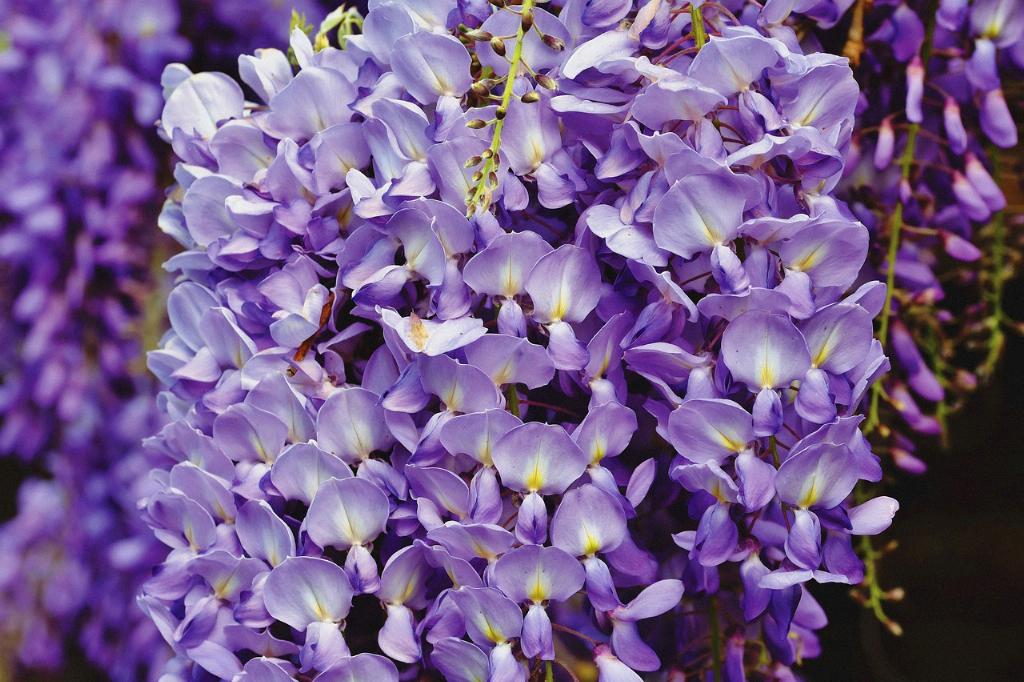When you envision your garden adorned with stunning clusters of cascading wisteria blossoms, it can be disheartening when your wisteria fails to bloom as expected. If you find yourself wondering, “Why doesn’t my wisteria bloom?” you are not alone. In this article, we will delve into the reasons behind wisteria’s reluctance to bloom, offer insights into fostering blooming, and highlight common mistakes that gardeners inadvertently make.
Understanding Wisteria Blooming
Wisteria, known for its enchanting beauty and fragrant flowers, blooms most vividly in the spring or early summer, gracing your garden with its lush clusters of lavender, blue, pink, or white blossoms. When your wisteria fails to bloom, it can be attributed to several factors that impede its flowering process.
Factors Impeding Blooming
One of the primary reasons why wisteria may not bloom is the impact of sharp spring frosts that can cause flower buds to drop prematurely or lead to distorted flowers. Additionally, insufficient sunlight due to excessive shade can hinder blooming, as wisteria requires ample sunlight to thrive. Inadequate levels of potassium in the soil may also contribute to poor flowering. To combat this, consider applying sulphate of potash in the spring at a recommended rate to encourage blooming.
Tips for Encouraging Blooming
To promote blooming in your wisteria, ensure it receives at least six hours of sunlight daily. Prune your wisteria carefully, as improper pruning can remove potential flowering spurs. Providing proper support for the vine to grow and thrive is crucial, as wisteria blossoms on new growth. Remember to water your wisteria consistently, especially during dry spells, to aid in healthy blooming.
Common Mistakes to Avoid
When tending to your wisteria, avoid over-fertilizing, as excessive nitrogen can inhibit blooming. Refrain from planting wisteria in waterlogged soil, as this can lead to root rot and prevent blooming. Be patient with your wisteria, as it can take several years for newly planted vines to establish and bloom abundantly.
Conclusion
In conclusion, understanding the factors that impede blooming in wisteria and taking proactive steps to promote flowering can help you cultivate a flourishing garden adorned with vibrant wisteria blossoms. By avoiding common mistakes and providing optimal growing conditions, you can enhance the blooming potential of your wisteria and enjoy its breathtaking beauty season after season.

